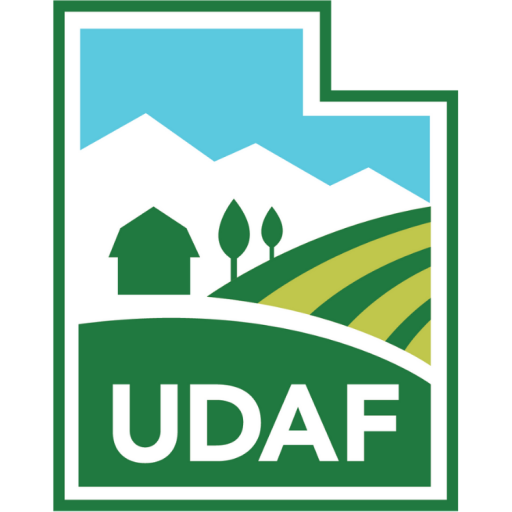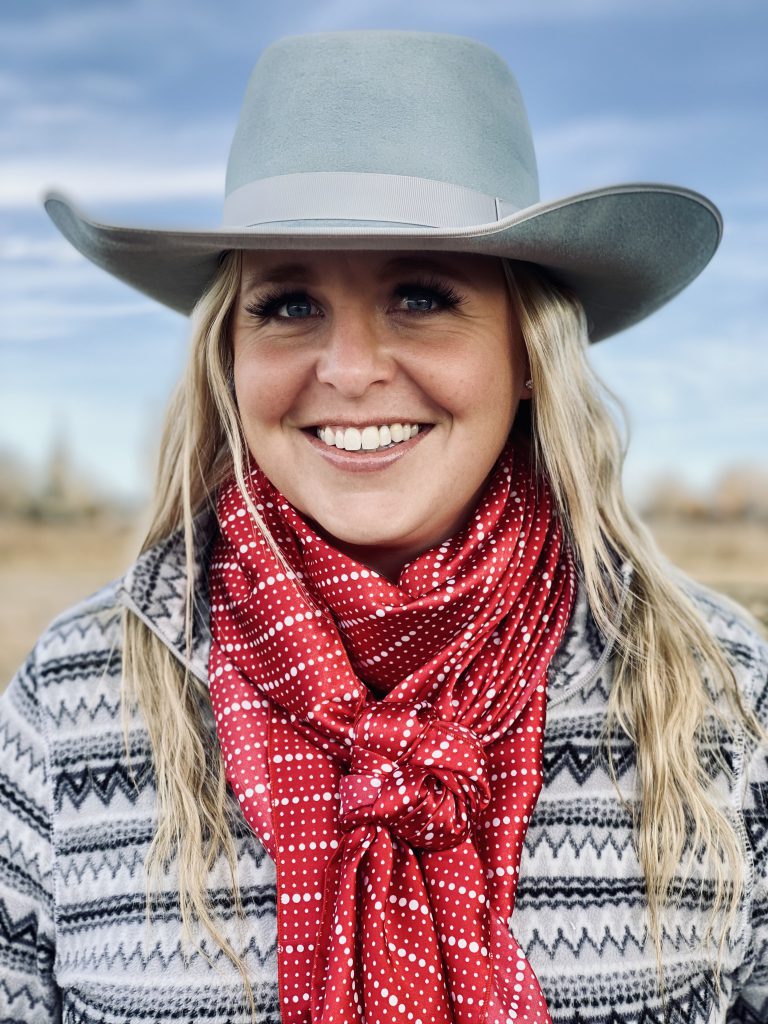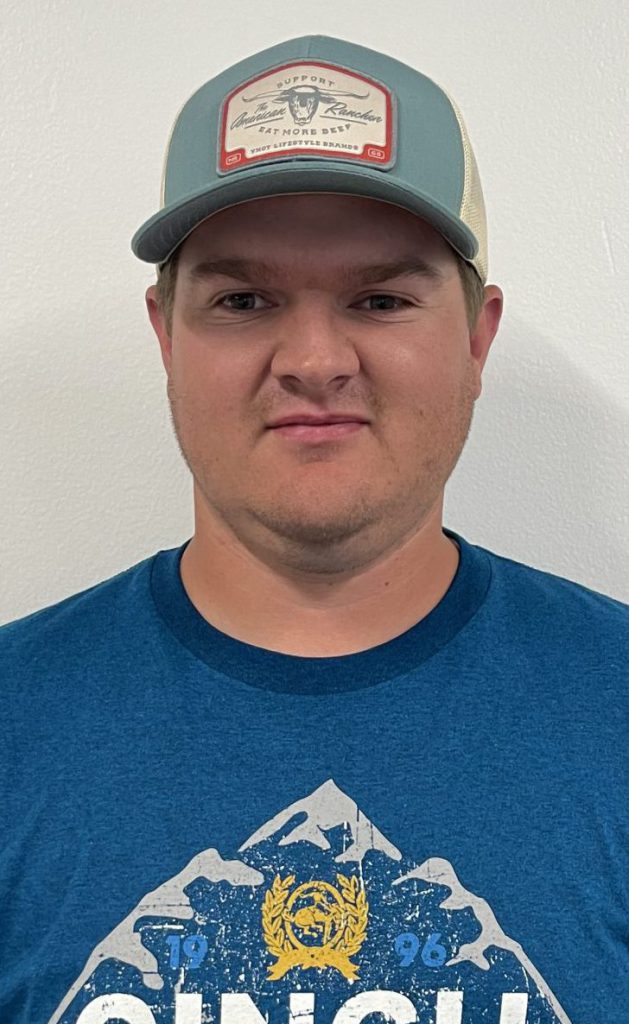At the Agricultural Water Optimization Program, we work with producers to help them optimize water use while maintaining or improving agriculture production.
Program Information:
-
- General Program Criteria
- Projects must be able to demonstrate water savings.
- Must document the availability of water after implementation of a Water Optimization Project.
- Projects should improve and protect surface and groundwater quality by reducing overwatering of crops.
- Basic requirements:
- 50/50 cost share
- 20% of the funding withheld until the project is complete, final report has been approved and the final inspection has documented that the project meets all the program requirements.
- Real time metering required on all projects.
- Annual reports on water usage and crop production are required for 3 years after project completion.
- Maximum $1,000,000 grant amount for irrigation/canal companies
- 10% minimum in-kind match
- Projects must be able to demonstrate water savings.
- Metering Information and Requirements
- Meters are required on all funded Water Optimization projects.
- Metering must be real time monitoring with the capability to record and store data. ○ The most common meters are either ultrasonic or electromagnetic meters.
- Cloud based and remote meters are acceptable.
- Water metering reports must be submitted electronically.
- Real time water metering should occur each time water is diverted.
- Ag Water Optimization Program Policy
- Ranking Matrix for Canal/Irrigation Company Projects
- Ranking Matrix for On Farm Projects
- General Program Criteria
Grant Seeker:
The FY 2024 ARPA Spring application period will be from December 1, 2023 – January 31, 2024! Applications will be completed on the Submittable platform, which will require a Utahid to login to. Our grant application will not appear on Submittable until the day it opens. If you’re not already working with a UDAF planner on the project you are planning to apply for, please reach out to a member of our team today, so we can help you plan your project and ensure you have all of the answers you’ll need for the application.
Grant Recipient:
Payments and Documentation
Documents for current funded grantees:
- Signed grant agreement
- Cultural Resources (SHPO) review
- Tax ID or social security number (for individuals) or UEI number (for entities) ● State of Utah vendor number (W9 if necessary)
- Attachment A
- Attachment C
- Any other project specific documents (ie. a project design)
We are a reimbursement based program.
- 80% of the grant funding can be paid once installation has been begun.
- 20% of the total funding will be withheld until:
- The final project report has been submitted and reviewed (see requirements below for final project report requirements);
- The project is determined to be completed by an onsite inspection by a water optimization planner and
- All grant requirements have been met
To receive a payment:
- Collect all invoices (must be itemized) and take before, during and after construction photos of project progress
- We can only reimburse a maximum of 50% of itemized invoice amount.
- Please note that invoices do not need to be paid.
- We can only reimburse a maximum of 50% of itemized invoice amount.
- Email udaf-wateroptimization@utah.gov to request a virtual or in person appointment to submit a payment request in Amplifund.
Final Reporting
- A description of the project as found in the application and if the project was implemented as described in the application?
- If not, the final project report should include a list of changes made to the project, how they affected the project’s purpose, and the grantee must provide documentation that they received approval for the changes.
- Water Savings:
- A description of the water made available after implementation of the project.
- Documentation that there is not an increase in irrigated acres.
- Must include annual acre foot of water used before project implementation.
- Acres project covers, feet of installed pipeline, or feet of canal lining.
- Water Metering:
- A description of the metering and type of meter installed(s).
- An image of the water meter(s) installed.
- Describe how will be stored and retrieved
- Budget Reporting:
- An itemized reporting of any funds received or expended on the project, including other funding sources.
- Documentation of the 10% grantee financial contribution (can include in kind work)
- Pictures of the project site before, during, and after completion of the project - attached in PDF formatting.
- To be completed by your UDAF Planner: Estimated water quality load reductions (EPA PLET/STEPL), tons of salt removed, photo point monitoring, depending on project type.
The final project must be written clearly and concisely so an auditor or member of the public can understand the purpose of the project, how the project functions, and its water optimization benefits. Your application, project reports & inspection, and subsequent annual reporting may be subject to public disclosure. The Government Records Access and Management Act (“GRAMA”), Utah Code Section 63G-2-101 et seq., is Utah’s open records law and the state equivalent of the federal Freedom of Information Act (“FOIA”). Through GRAMA, the public may request access to certain records maintained by Utah Department of Agriculture and Food. For more information on Utah Department of Agriculture and Food’s procedures and policies for requests for state records, it may be helpful to review Utah Department of Agriculture & Food's Policy.
Final Report example found here.
Annual Reporting
FY 2019:
- General information including project name, grantee, granny number, location, and project completion date.
- Total acre feet of water diverted during the irrigation season. May also include feet or water applied each watering, the number of watering per crop, and the number of waterings per season. 3. Irrigation season (date of first and last irrigation).
- Acres irrigated.
- Crop(s) irrigated.
- Production records: tons per acre, bushel per acre, and/or other depending on crop type.
FY 2022
- General information including project name, grantee, granny number, location, and project completion date.
- Total acre feet of water diverted during the irrigation season. May also include feet or water applied each watering, the number of watering per crop, and the number of waterings per season.
- Irrigation season (date of first and last irrigation).
- Acres irrigated.
- Crop(s) irrigated.
- Production records: tons per acre, bushel per acre, and/or other depending on crop type.
FY 2022 Spring and Fall
- General information including Project name, grantee, granny number, location, and project completion date.
- Total acre feet of water diverted during the irrigation season. May also include feet or water applied each watering, the number of watering per crop, and the number of waterings per season.
- Irrigation season (date of first and last irrigation).
- Acres irrigated.
- Crop(s) irrigated..
- Production records: tons per acre, bushel per acre, and/or other depending on crop type.
- STEPL load reduction analysis for on-farm irrigation projects (1st annual report only).
- Photo point monitoring canal lining or piping projects (1st annual report only).
Learn More Here:












